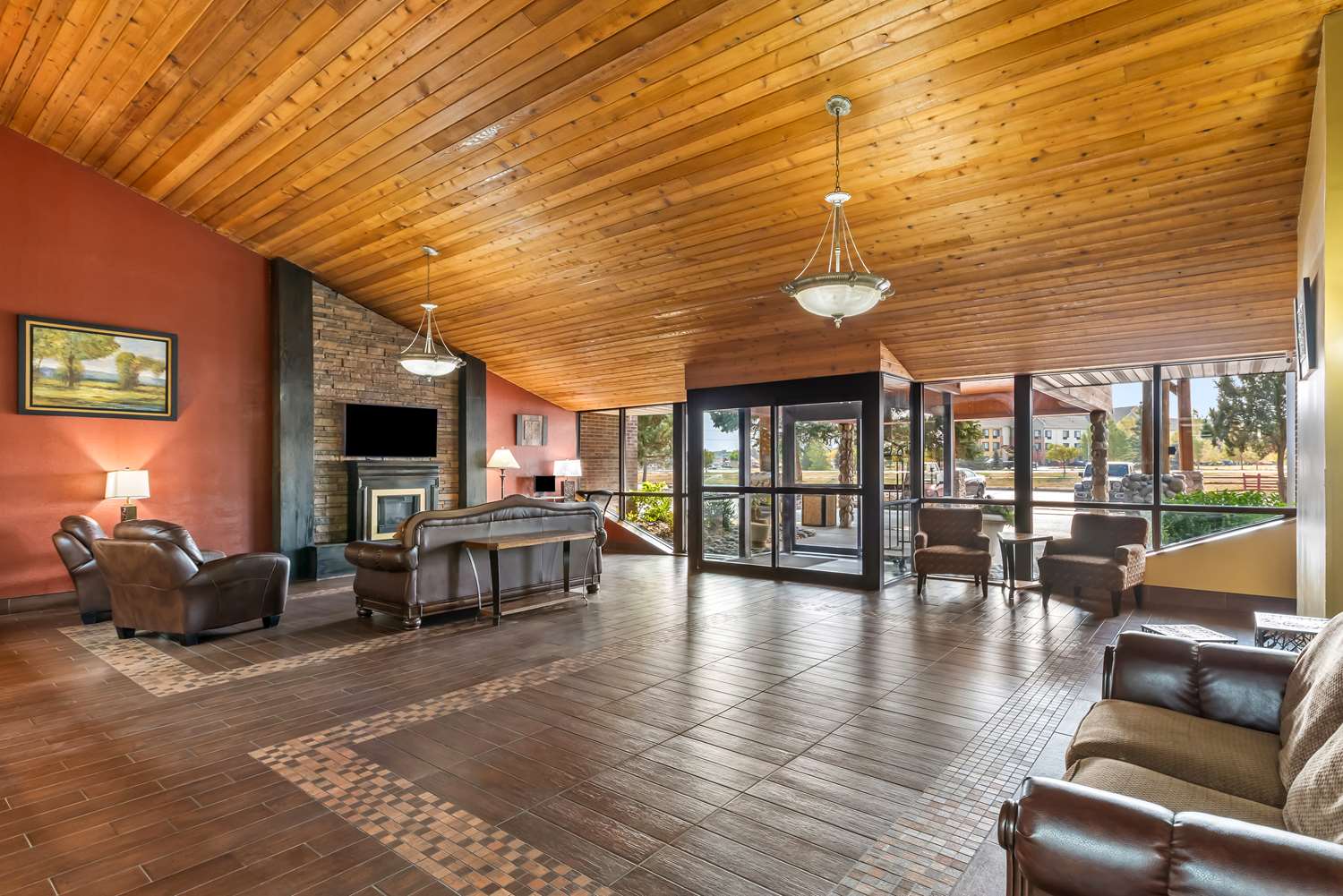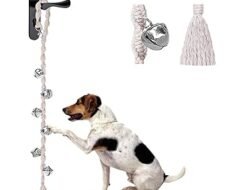Does your dog get nervous or restless in elevators and apartment lobbies? You’re not alone.
Many dogs find these spaces confusing and stressful, making daily trips a challenge for both of you. But what if you could change that? Imagine your dog calmly stepping into the elevator, relaxed in the lobby, and ready to enjoy the walk ahead.
You’ll discover simple, effective ways to help your dog feel safe and comfortable in these tricky environments. Keep reading—because a calmer dog means a happier you.
Recognizing Elevator Anxiety
Elevator anxietyin dogs shows through various signs. Some dogs may bark loudlyor whineinside or near elevators. Others might refuse to enterthe elevator or try to run away. Some dogs shake or tremble, showing clear fear. Panting heavily or drooling can also be signs of stress.
Elevator fear often comes from unfamiliar soundsand enclosed spaces. Sudden movements or noises inside elevators can startle dogs. The vibrationand motionmay feel strange and scary. Dogs who had a bad experience in elevators can remember and fear it later. Lack of early exposure to elevators can also cause anxiety.

Credit: www.bestwestern.fr
Preparing Your Dog For Exposure
Start by making a quiet and safe spacefor your dog. This helps them feel relaxed. Use soft voices and gentle touch to calm your dog. Keep the area free from loud sounds or sudden movements.
Use treats and praiseto reward your dog for calm behavior. Give small snacks when your dog stays quiet or relaxed. This teaches your dog that being calm is good.
Practice short visits to the elevator or lobby. Let your dog watch and explore slowly. Give treats often to keep your dog happy and calm.
Step-by-step Elevator Training
Begin by letting your dog see and sniff the elevator door. Stand close but don’t force your dog inside. Use treats and praise to make the door a positive place. Repeat this several times until your dog feels calmnear the door.
Next, try short rides. Take the elevator for just a few seconds. Let your dog stay calm inside. Give treats and soft words. Stop the ride quickly. Gradually, your dog will get used to the movementand sounds.
Increase the ride time slowly. Add a few more seconds each time. Watch your dog’s body languageto see if it feels safe. Keep treats ready. Stop if your dog shows stress. This helps build confidencestep by step.
Familiarizing Dogs With Apartment Lobbies
Start by bringing your dog to the lobby during quiet times. Let them explore at their own pace. Soft noiseslike footsteps or doors opening can feel scary at first. Try playing similar sounds at home. This helps your dog get used to lobby noiseswithout stress.
Use calm voices and gentle petting to encourage relaxed behavior. Give small treatsto reward calmness. Avoid rushing or forcing your dog into the lobby. Patience is key. Repeat visits often but keep them short. Your dog learns that lobbies are safe places.
Tools And Techniques To Aid Training
Treats and toyshelp dogs feel safe in new places. Use small, tasty treats to reward calm behavior near elevators and lobbies. Favorite toyscan distract and comfort your dog during training sessions. Keep sessions short and fun to keep your dog interested.
Calming aids like thunder shirtsor natural sprayscan reduce stress. These tools work by making dogs feel more relaxed. Use them before entering elevators or busy lobbies. Watch your dog’s reaction and adjust as needed.
Managing Setbacks And Progress
Stress signalsin dogs include pacing, whining, or shaking. Watch for these signs closely. They show your dog feels uneasy.
Adjust the training pacebased on your dog’s comfort. Move slowly if your dog seems scared. Quick steps can cause more fear.
Celebrate small wins like staying calm near the elevator door. Take breaks if your dog looks overwhelmed. Patience helps build trust and confidence.
| Stress Signals | Training Adjustments |
|---|---|
| Pacing or restlessness | Slow down training speed |
| Whining or barking | Give more breaks |
| Shaking or hiding | Use gentle encouragement |
| Avoidance behaviors | Return to easier steps |
Maintaining Calm Behavior Long-term
Regular practice helps your dog get used to elevators and lobbies. Short sessions work best. Start with quiet times when fewer people are around. Let your dog explore these spaces calmly. Use treats and kind words to reward good behavior. This builds a positive link with elevators and lobbies.
Repeat practice often, but keep it fun and stress-free. Praise your dog for staying calm. Avoid rushing or forcing your dog to face fears. Patience is key for long-term success.
| Practice Tips | Why It Helps |
|---|---|
| Keep sessions short | Prevents stress and keeps dog focused |
| Use treats and praise | Creates positive feelings about elevators |
| Practice during quiet times | Reduces distractions and fear |
| Be patient and gentle | Builds trust and confidence |

Credit: ladypawspuppies.com

Credit: www.countrywoodsurns.com
Frequently Asked Questions
How Can I Start Desensitizing My Dog To Elevators?
Begin with short, positive elevator experiences. Use treats and calm praise to build comfort. Gradually increase exposure time and proximity while ensuring your dog stays relaxed.
Why Do Dogs Fear Apartment Building Lobbies?
Dogs often fear lobbies due to unfamiliar sounds, smells, and crowds. These new stimuli can overwhelm their senses and cause anxiety or stress.
What Are Effective Rewards For Elevator Training?
Use high-value treats like small pieces of chicken or cheese. Pair treats with calm verbal praise and petting to reinforce positive elevator experiences.
How Long Does Elevator Desensitization Usually Take?
Desensitization varies by dog but typically takes days to weeks. Consistent, short sessions help build confidence and reduce fear over time.
Conclusion
Desensitizing your dog to elevators and lobbies takes time and patience. Start slow and reward calm behavior often. Keep sessions short and positive to build confidence. Watch your dog’s reactions closely and adjust your pace. Small steps lead to big progress.
Soon, your dog will feel more relaxed in these spaces. Enjoy a safer and happier life together in your apartment building. Trust the process and stay consistent for best results.





